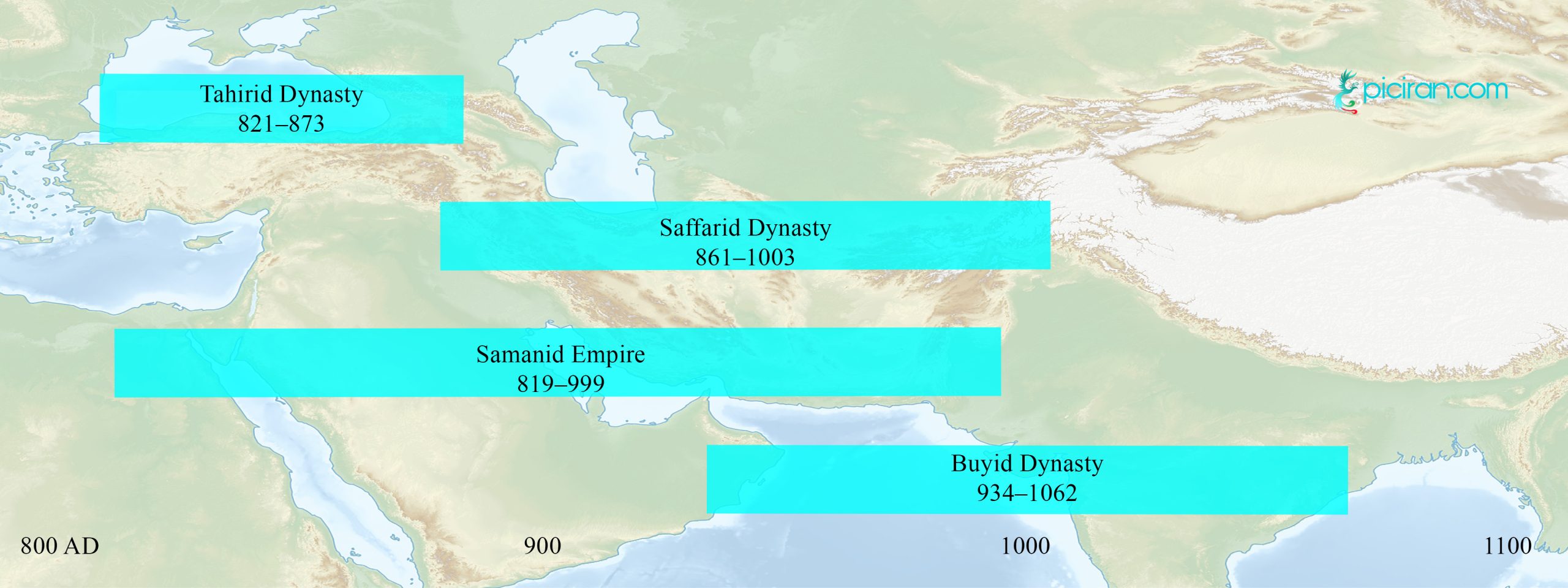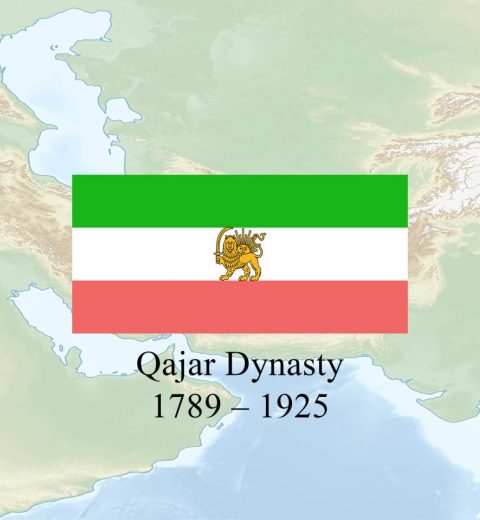Tahirid Dynasty – the first dynasty in Persian Renaissance
Persian Renaissance has begun to revive Iranian culture. Tahir was the first one who tried to establish Iranian rule during the reign of the Abbasid caliphs in Iran and soon declared independence but later he was killed by the conspiracy of Mamun al-Abbasi.
Saffarid Dynasty – Guardian of Persian language in Iranian intermezzo
Furthermore, at the same time as declaring Independence Tahir, Yaqub Layth Safari also announced independence in the Sistan province in the iranian intermezzo. If Tahir has been counted as the founder of the first semi-independent Iranian dynasty, Yaqub Layth Safari was the founder of the first fully independent dynasty in Iran that did not accept obedience to the Abbasid caliphate and proclaim independence. With the occupation of Nishabur, Ya’qub Layth Saffari exterminated the Tahirid dynasty. This saffari king immediately attacked the Abbasid caliph, and the Abbasid caliph fells Tabaristan, Gorgan, Fars, and Ray to him for a ceasefire.
After him, Amr ibn Layth became the king of the Saffarids. In general, the kings of Saffarid have supported scholars, poets, and researchers but one of the wrong actions was to kill his son after fear of his rebellion. Thus, after the death of this last king of the Saffarid dynasty, the rule of the Samanids was replaced.
Samanid Empire – Supporter of scientists
Saman was a fertile region in Afghanistan belonging to a peasant named Saman. He has sworn allegiance to them at the beginning of the Abbasids caliphate and was supported by them, but after that, he declared independence and went with his troops to Gorgan and Tabaristan, and these two The city was conquered by Ismail Samani. In the following years, the regions of Ray, Qazvin, Isfahan, Kerman, and Zanjan were also dominated. At that time, the borders of the Samanid dynasty continued from Ray to the Turk tribes borders. After Isma’il Samani, Ibrahim ibn Noah became the king of the Samanids, who after his death their dominated territories divided between the Turkish tribes. The Samanids were even more supportive of the doctors, poets, and scholars than Saffarid, the important poets of this era of the Persian Renaissance were include Daqiqi, Ferdowsi, and Rudaki, and the historians can mention Bal’ami.
Buyid Dynasty – the last dynasty in Persian Renaissance
One of the most powerful Iranian kingdoms after the Samanids in the iranian intermezzo is Buyids. they called them Buyids because they were sons of Buya, a fisherman who lived in the Deylam area of Guilan, Buya had three sons, Ali, Ahmad, and Hasan, who were under the command of the Ziyarids (Dynasty in the north of Iran). Some believe that the most important Iranian in Persian Renaissance dynasties were Buyids due to they were able to make the caliph of Baghdad obey. After the conquest of Baghdad, Buyids made Khalifa obedient and then divided the territories under their rule. A group ruled in Ahwaz and Iraq, another group ruled in Fars, and others in Kerman. In fact, the Al-Buyids Dynasty was the last Iranian dynasty before entering the Turk tribes from the eastern borders to Iran.




